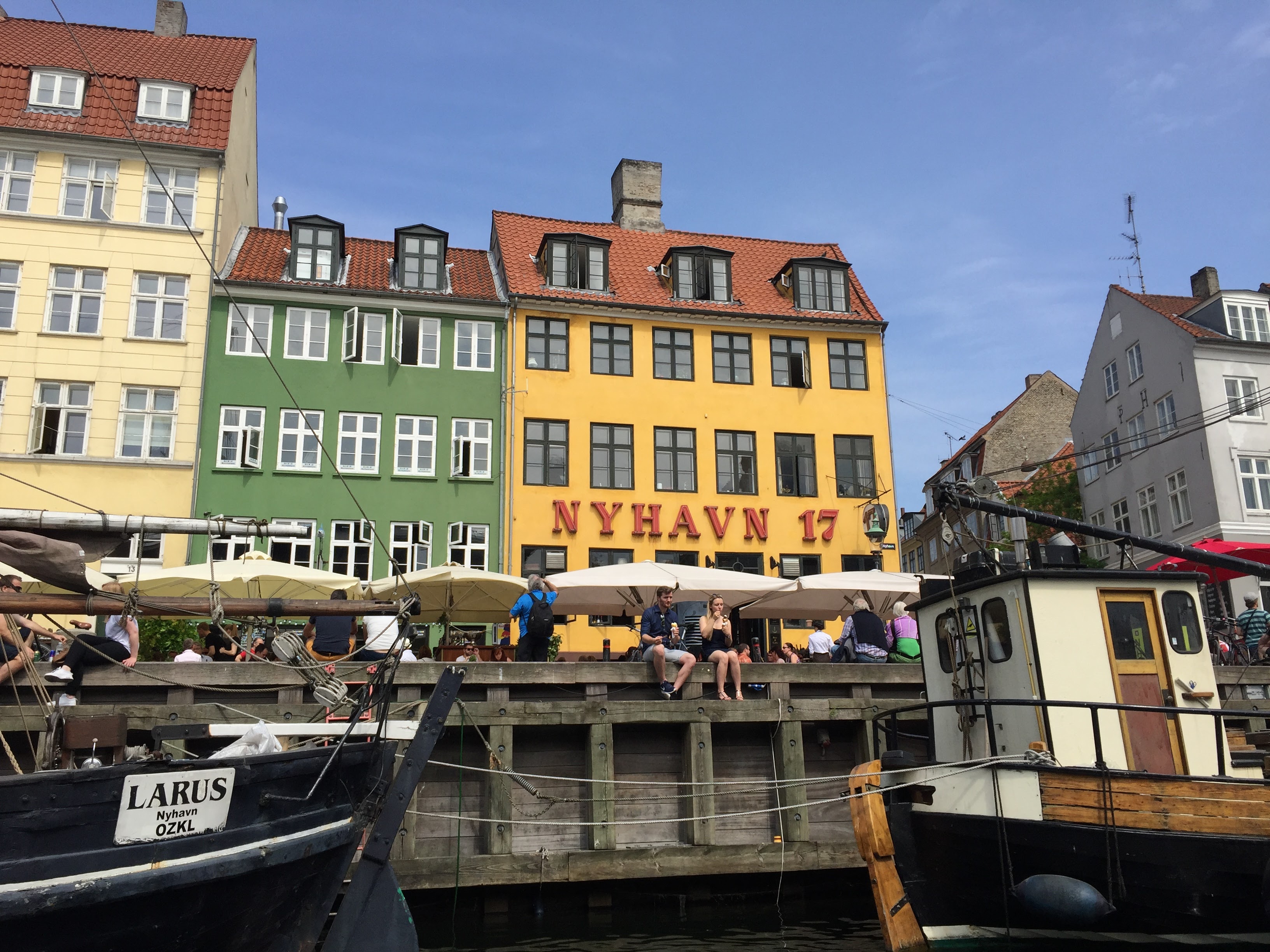Learning abroad is one of the best ways to expand your horizons and differentiate yourself in an increasingly globalized market. Whether through a may term trip, a semester abroad, or through a seminar class, design students are encouraged to take advantage of the many learning abroad opportunities available at the University.

In this interview, Emily Walther (Interior Design) reflects on her experiences abroad and gives advice to students interested in finding their own international adventure.
Where did you spend your freshman seminar abroad?
My freshman year I went to Istanbul, Turkey with the “Design in Istanbul” freshman seminar. One of the most memorable experiences during that trip was the first time I had lamb. After walking down a series of small winding streets my class entered a small restaurant with a couple of tables. The food there was cooked on an open grill and a spicy scent filled the room. The chef asked if I wanted meat or chicken and unsure how to answer I pointed to what someone else had ordered. Seconds later I was handed a plate with meat and vegetables wrapped in bread. As a picky eater, I was unsure about eating a meal that was essentially a mystery. Now, if a lamb burger is on the menu oftentimes I’ll take it.
You also spent a semester abroad. Where did you go and what were some of your takeaways from the experience?
I studied abroad in Copenhagen, Denmark through the Study Abroad in Denmark (DIS) program. I had a great experience and would highly recommend DIS to anyone interested in Scandinavia, especially design students. Denmark is a great country in which to learn about design. Danes think about design differently, it is deeply rooted in their cultural identity.
While I was there I traveled to seven countries both with DIS and on my own. DIS has two built-in trips called the “long” and “short” study tours in which you take an organized trip that relates to your core class. On the short study tour, I went to Aarhus, the second-largest city in Denmark, where we toured castles, art museums, and stayed in an old army base. For the long study tour, I went to Sweden and Finland. This was one of my favorite parts of studying abroad as we went to famous architectural sites, learned about new developments in sustainable city planning, and even toured a famous architecture firm.
What would you say to students who are interested in studying abroad?
I would recommend that students make a list of at least two must-see places they want to visit and to plan these trips early on during their semester abroad. The time really flies by!
I would also recommend trying out a homestay! One of the best parts of my study abroad experience was staying with a host family. With them, I was able to celebrate new holidays, try traditional meals, and learn a little Danish. I would highly suggest homestays to students who want to learn more about a country’s culture and want a built-in support system. My host family was the best and I still keep in touch with them, they were what made my study abroad experience extra special.
I would also say, if possible, take a class or two that you never would normally. While abroad I took a travel journalism class which allowed me to capture my study abroad experience. It was interesting to be in a non-design class that still required me to be creative but in a different way.
How have your experiences abroad changed the way you look at design as a discipline?
Studying abroad has opened my eyes to how good design connects people and the importance of understanding design from different perspectives. I think it is important for design students to study multiple forms of design at the same time, such as interior design and graphic design or architecture and furniture design. When you’re learning about design through multiple lenses you are able to expand your understanding of design, and see how different forms influence each other.
How have your experiences abroad informed how you approach coursework?
My experiences abroad have affected my approach to coursework because I now try to find connections between the courses I’m taking. From these connections, I am able to produce stronger design work. I approach my design projects more holistically.
My multidisciplinary approach has also helped shape my experience at my internship. I currently work at a firm that employs architects, interior designers, and engineers. I’ve made an effort to learn about how different types of designers work together.
A guest post from landscape architecture student Luke Nichols.
From ideation and prototyping to manufacturing and marketing, product design students learned the ins and outs of the product life cycle during a winter break trip to Hong Kong and Shenzhen, China.
This summer, all College of Design programs lead to Rome with our first open interdisciplinary studio Italian Design Studio: Blending Tradition and Innovation.





